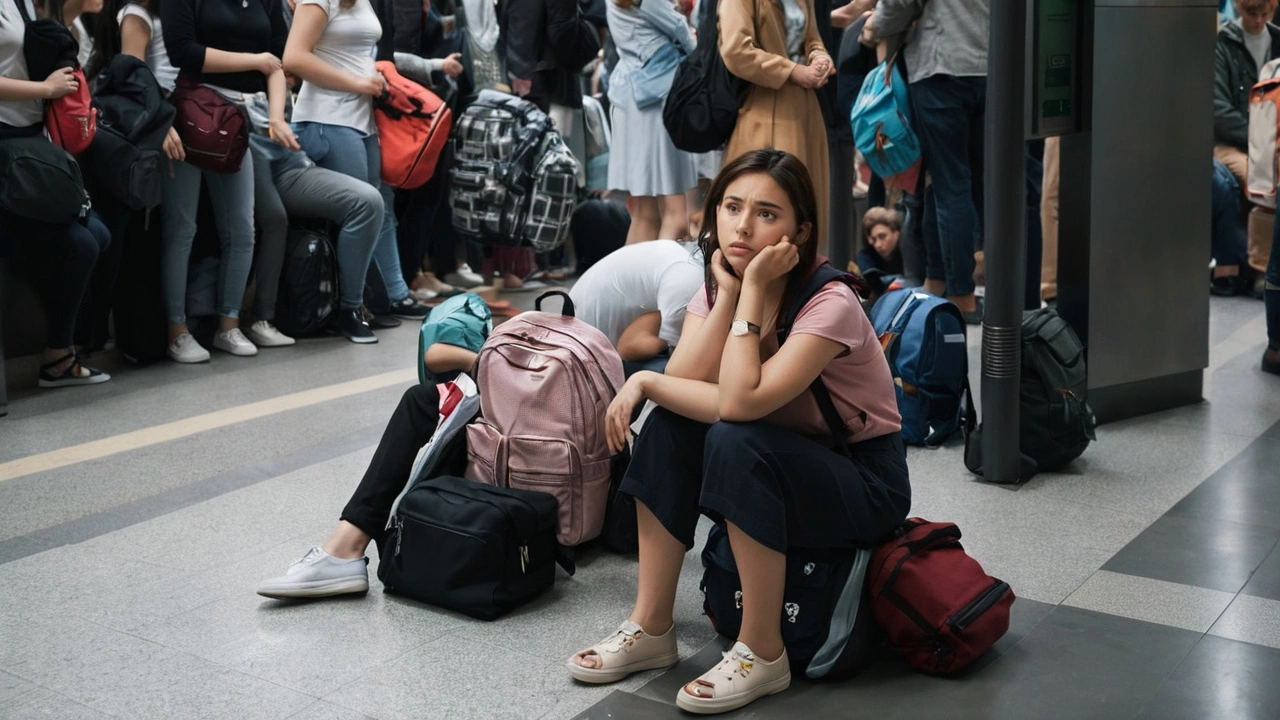Train Attacks: What’s Happening and How You Can Stay Safe
Every time you hear about a train attack in the news, it feels personal – after all, trains are part of daily life for millions. From bomb scares to armed assaults, these incidents shake confidence in public transport. In this guide we break down recent events, explain why they happen, and give practical tips to protect yourself next time you board a rail.
Why Trains Are Targeted
Trains are attractive to attackers because they carry large crowds in confined spaces, making any disruption highly visible. Terrorist groups often choose them to spread fear quickly, while lone‑wolf actors may act out personal grievances. The enclosed carriages also limit escape routes, which can amplify the impact of a small attack.
Recent Incidents at a Glance
In the past year we’ve seen attacks on commuter lines in Europe, subway assaults in Asia, and even a bomb threat on a high‑speed train in North America. Each case follows a pattern: an early warning (often ignored), a rapid response by police or rail security, and a flurry of media coverage. Understanding this timeline helps you spot red flags before they turn into real danger.
For example, the July incident on a French regional train began with a suspicious backpack left unattended. Quick action from station staff prevented any injuries. On the other hand, an unreported threat on a Southeast Asian metro led to a delayed evacuation and several panic‑induced injuries. The key difference? Communication.
Authorities now use mobile alerts, CCTV monitoring, and even AI‑driven behavior analysis to spot threats early. If you see an unattended bag, a person acting oddly, or hear an announcement about a security check, trust it. Report the situation immediately – most rail operators have dedicated hotlines that are open 24/7.
Travelers also play a role in safety. Keep your belongings close, avoid isolated carriages late at night, and stay aware of your surroundings. Simple habits like standing near the door or sitting near other passengers can deter potential attackers who prefer empty spaces.
If an attack does occur while you’re on board, stay calm and follow crew instructions. In many cases, train staff are trained to lock doors, guide passengers to safe zones, and coordinate with emergency services. Knowing that there’s a plan in place can reduce panic and improve outcomes.
After the event, rail companies often release detailed reports outlining what went right and where improvements are needed. Reading these summaries helps you understand how safety measures evolve and why certain procedures (like bag checks) might be introduced later.
Finally, remember that train travel remains one of the safest ways to get around. While attacks grab headlines, the majority of journeys happen without a hitch. By staying informed, reporting anything unusual, and following basic safety steps, you contribute to keeping the rails secure for everyone.

